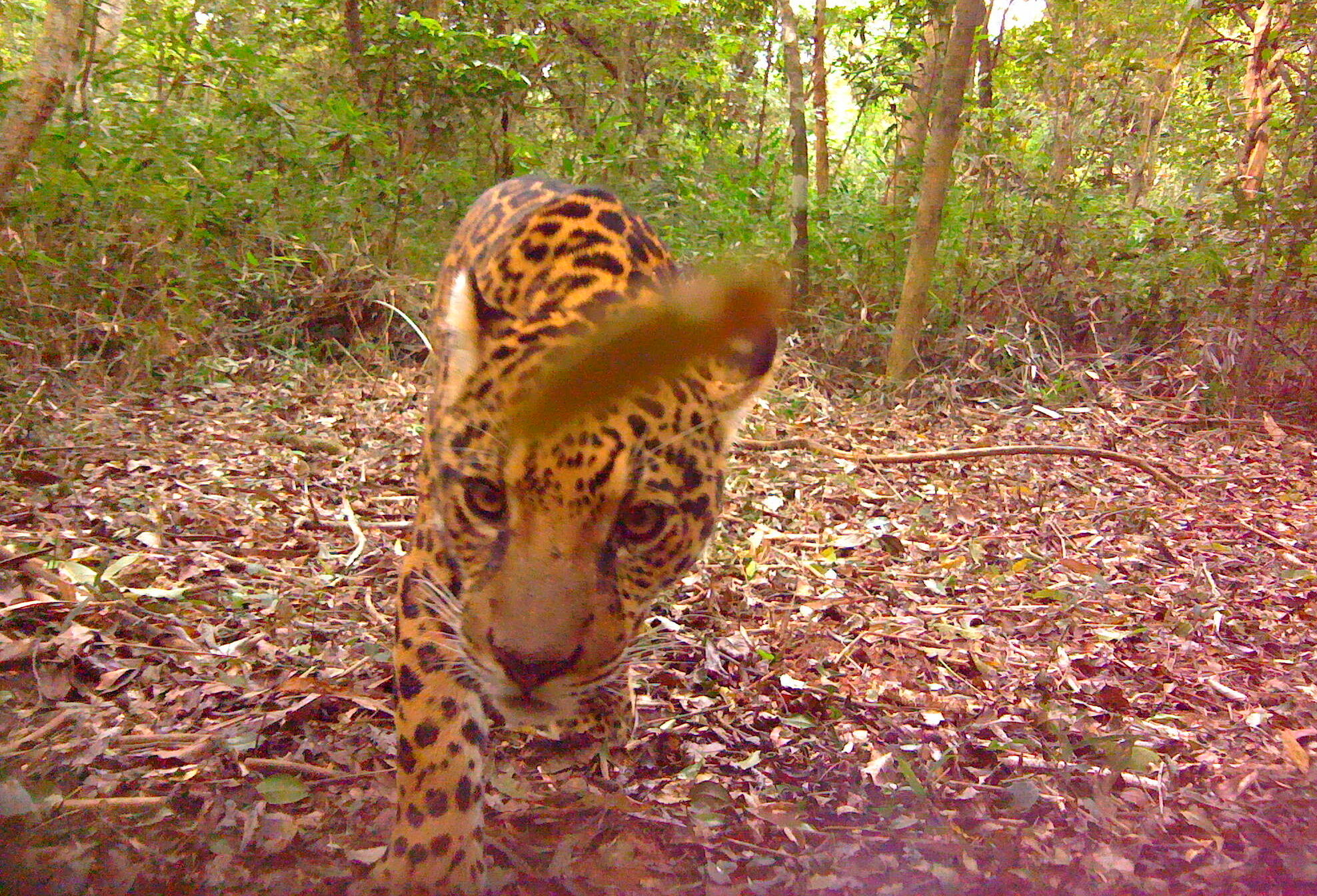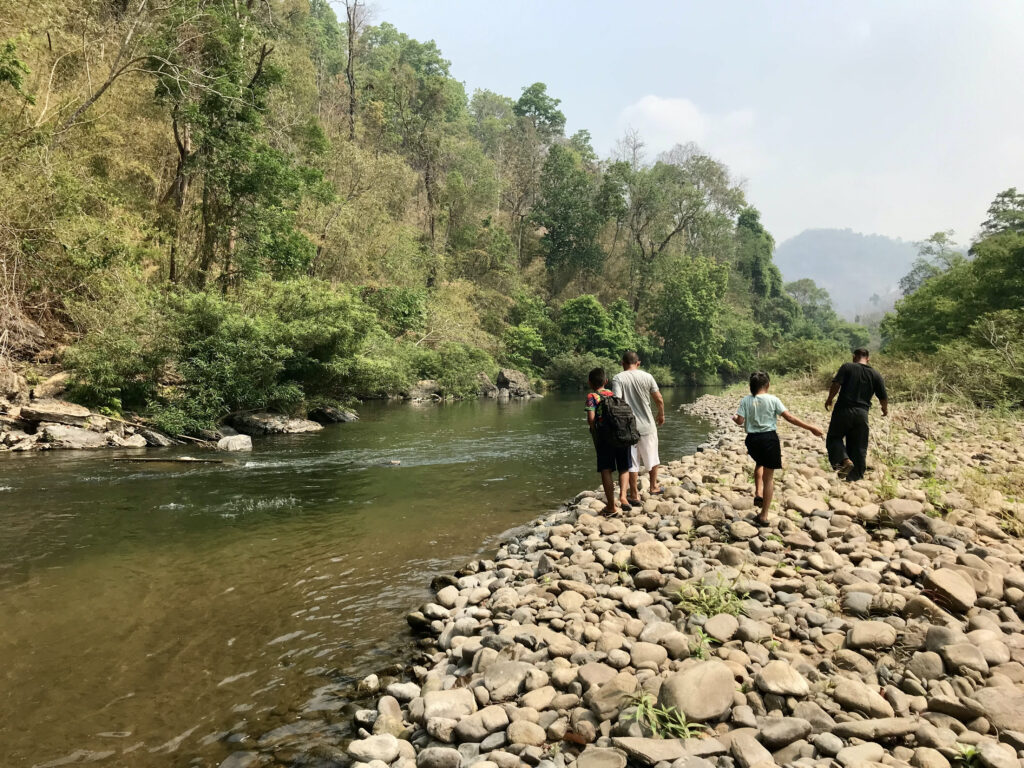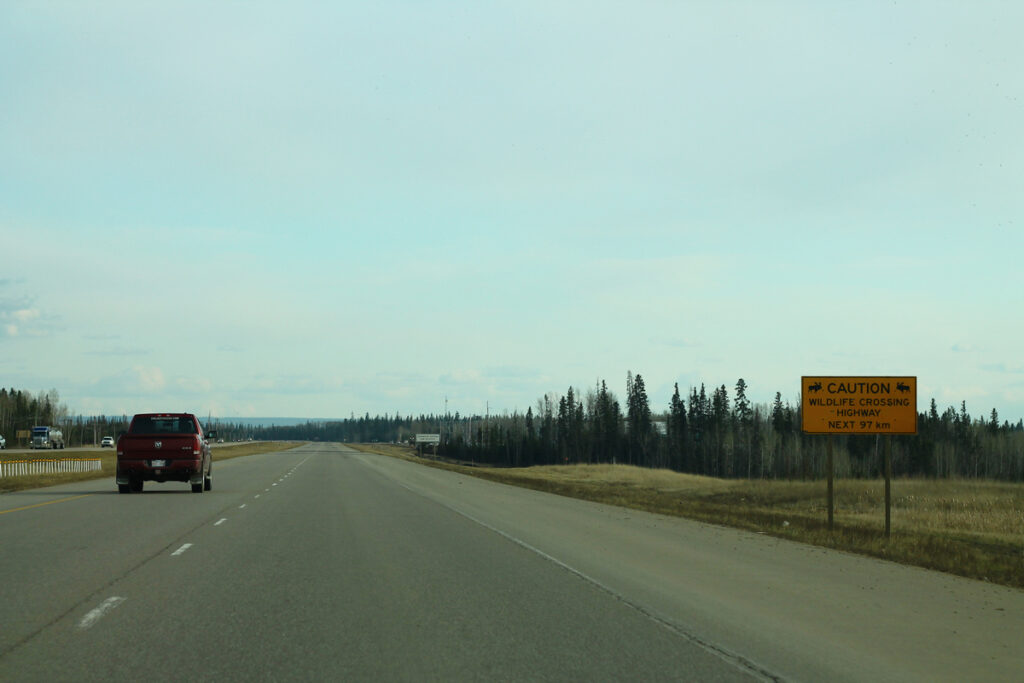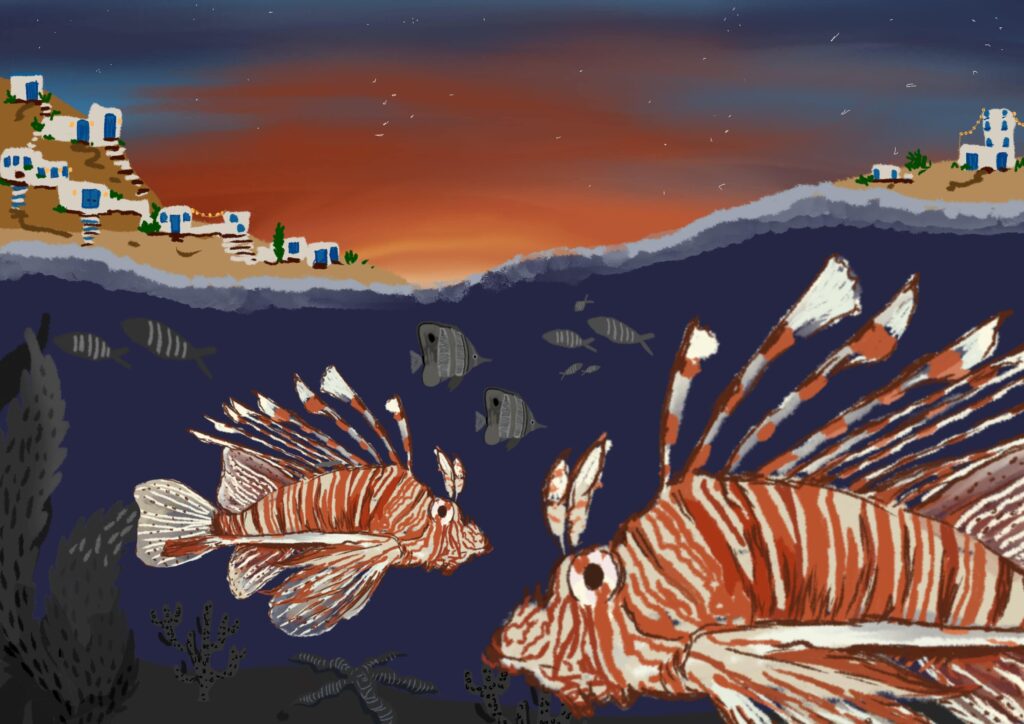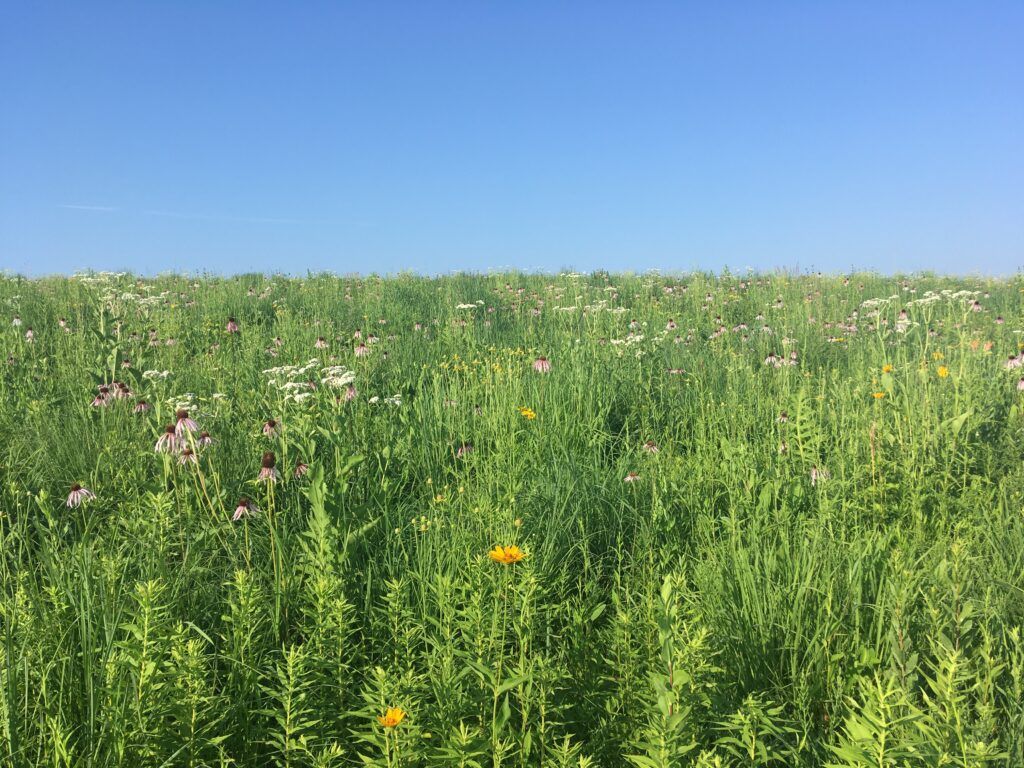Feature image: Young jaguar from a camera trap in the Mbaracayú Forest Nature Reserve, where a small, isolated population of jaguars persists in eastern Paraguay (Photo credit: Hugo Mbujagi, Ambrosio Javagi, Felipe Jakugi, Diego Giménez, and Jay M. Schoen)
Have you ever wondered why the jaguar crossed the dirt road? Or if the jaguar might use the road to move from place to place? Thanks to our recent analysis of jaguar movement published in Biological Conservation, we now know more about how jaguars move while resting, during local movements, or when exploring new habitats. These insights unveil clues for the species’ long-term viability.
Jaguars, the Americas’ largest feline predator, exist in high numbers in the core of their range– the heart of the Amazon Basin. However, as you move farther from this region, jaguar populations become highly fragmented and threatened by shifting land use practices, such as agricultural expansion, and retaliatory killings by humans seeking to protect their livestock. Small populations have existed in isolation for decades, particularly in the northern and southern edges of the jaguar’s range— roughly northern Mexico and the convergence of Argentina, Paraguay, and Brazil, respectively. But the ongoing expansion of human-dominated landscapes exacerbates the existing fragmentation and also creates newly fragmented populations.
Any group of organisms in small populations isolated from others are subject to the detrimental effects of inbreeding and an increased likelihood of local extinction. This means that maintaining broad-scale connectivity between populations is crucial for jaguar conservation efforts.
Such efforts depend on models that predict how jaguars may move through complex landscapes, including the strong likelihood they will avoid non-natural areas, often referred to as “matrix areas”. Past research has indicated that due to the jaguar’s elusive nature and vulnerability to human persecution, they are unlikely to use their capacity for vast movement to move from one population to another, unless there is sufficient forest cover. Given the present-day situation of isolated jaguar populations separated largely by matrix areas, it seems unlikely that jaguars have remained connected or that they will be in the future. This prediction is supported by observed genetic isolation in the northern and southern parts of the jaguar’s range.
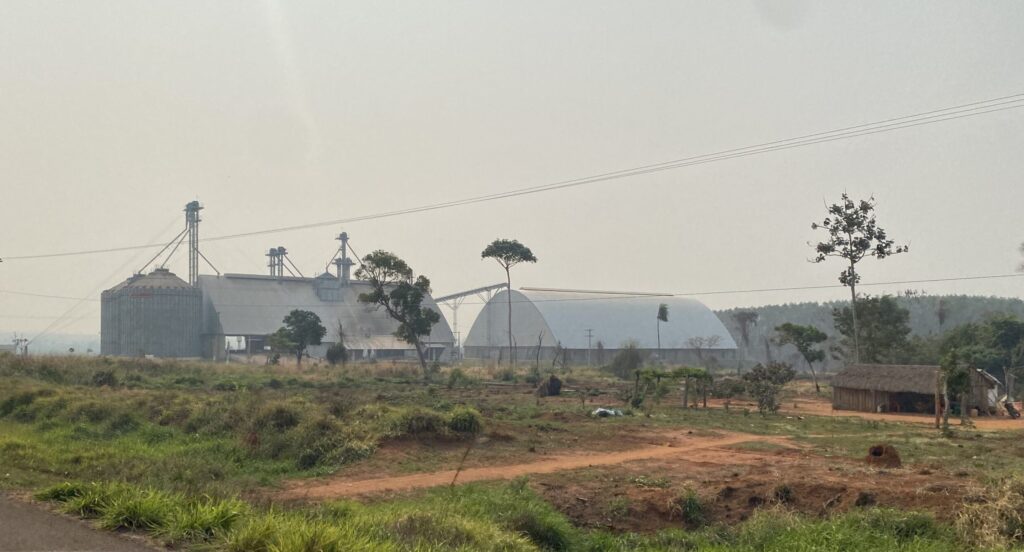
Not all hope is lost, however. Conservation organisations are working with local farmers and ranchers to balance human needs for food and economic opportunity with the jaguar’s, and other species’, need for forested landscapes. These efforts include restoration and reintroduction initiatives in previously agricultural areas. But how do we prioritise these areas and understand their potential for jaguar connectivity?
One crucial aspect is to recognise that not all types of movement are the same—whether for people, honey bees, or jaguars. While past research modelled jaguar movement by collectively pooling data from GPS collars, our recent study explores how jaguars respond to their environment depending on distinct behavioural states. We used a combination of machine learning techniques to split movement data into three behaviours: resting, local movement, and exploratory movement. We then modelled the complex and interactive relationships between environmental variables and behaviour-specific jaguar movement data.
In doing this, we uncovered unique relationships with the environment based on the behavioural state of the animals. Notably, for the purpose of connectivity, jaguars in an exploratory movement state were more likely to move through anthropogenic areas, low tree cover, and areas farther from dense tree cover. In the most fragmented parts of the jaguar’s range, we have knowledge about the specific areas separating populations and acting as a barrier to connectivity. Going forward, as conservationists prioritise the habitat of corridor areas, this insight on exploratory movements may help on-the-ground efforts strike a balance between human and wildlife stakeholders, so that all life has a chance to thrive.
And what about that jaguar on the dirt road? This analysis confirmed what many big cat experts know: cats are lazy. More precisely, carnivores like to use the path of least resistance to travel, especially for longer distances. Jaguars were particularly likely to use dirt roads while in the exploratory movement state. After all, why cross the road when it can help you reach your destination?
Original Paper
Schoen, J. M., R. DeFries and S. Cushman. 2025. Open-source, environmentally dynamic machine learning models demonstrate behavior-dependent utilisation of mixed-use landscapes by jaguars (Panthera onca). Biological Conservation 302: 110978. https://doi.org/10.1016/j.biocon.2025.110978.
Further Reading
Haag, T., A. S. Santos, D. A. Sana, R. G. Morato, L. Cullen Jr., P. G. Crawshaw Jr., C. De Angelo et al. 2010. The effect of habitat fragmentation on the genetic structure of a top predator: loss of diversity and high differentiation among remnant populations of Atlantic Forest jaguars (Panthera onca). Molecular Ecology 19(22): 4906–4921. https://doi.org/10.1111/j.1365-294X.2010.04856.x.
Jędrzejewski, W., H. S. Robinson, M. Abarca, K.A. Zeller, G. Velasques, E. A. D. Paemelaere, J. F. Goldberg et al. 2018. Estimating large carnivore populations at global scale based on spatial predictions of density and distribution – Application to the jaguar (Panthera onca). PLOS ONE 13(3): e0194719. https://doi.org/10.1371/journal.pone.0194719.
Roques, S., R. Sollman, A. Jácomo, N. Tôrres, L. Silveira, C. Chávez, C. Keller et al. 2016. Effects of habitat deterioration on the population genetics and conservation of the jaguar. Conservation Genetics 17: 125–139. https://doi.org/10.1007/s10592-015-0766-5.
